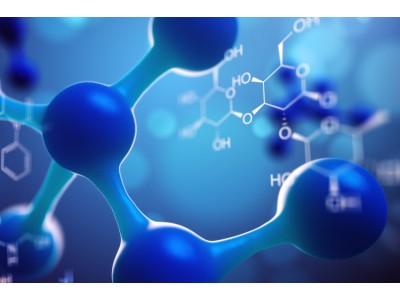| Description | Bindarit (AF2838) displays specific inhibition against monocyte chemotactic proteins MCP-1/CCL2, MCP-3/CCL7 and MCP-2/CCL8. |
| In vitro | Bindarit treatment causes a dose-dependent inhibition of the capacity of human monocytes to produce monocyte chemotactic protein-1 (MCP-1) in response to bacterial LPS or C. albicans with IC50 of 172 μM and 403 μM, respectively. The inhibition of LP-induced MCP-1 production by Bindarit is associated with reduced levels of MCP-1 mRNA transcripts with IC50 of 75 μM. Bindarit inhibits the production of MCP-1 by LPS-stimulated MM6 cells with IC50 of 425 μM, without affecting the release of IL-8 or IL-6. [2] Bindarit treatment inhibits the release of MCP-1 from IL-1 stimulated osteoblast cell line Saos-2. [3] Bindarit, even at the maximal concentration, does not exhibit a direct in vitro cytotoxic effect on human IIB-MEL-J melanoma or ECs, although it inhibits MCP-1 expression. [4] Bindarit (10-300 μM) reduces rat vascular smooth muscle cell (VSMC) proliferation, migration, and invasion. [5] Bindarit induces the downregulation of the classical NF-κB pathway. Bindarit displays a specific inhibitory effect on the p65 and p65/p50 induced MCP-1 promoter activation, with no effect on other tested activated promoters, indicating that Bindarit acts on a specific subpopulation of NF-κB isoforms and selects its targets within the whole NF-κB inflammatory pathway. [6] Bindarit modulates cancer-cell proliferation and migration, mainly through negative regulation of TGF-β and AKT signaling. [7] |
| In vivo | Oral administration of Bindarit at 50 mg/kg in NZB/W mice delays the onset of proteinuria, significantly protects from renal function impairment, and prolongs survival of NZB/W mice or lupus mice. Bindarit treatment completely MCP-1 up-regulation during the progression of nephritis. [1] Inhibition of MCP-1 with Bindarit also reduces tumor growth and macrophage recruitment, rendering necrotic tumor masses in human melanoma xenografts. [4] Bindarit is effective in reducing neointima formation in both non-hyperlipidaemic and hyperlipidaemic animal models of vascular injury by a direct effect on VSMC proliferation and migration and by reducing neointimal macrophage content. [5] Administration of Bindarit results in impaired metastatic disease in prostate cancer PC-3M-Luc2 xenograft mice and impairment of local tumorigenesis in Balb/c mice with murine breast cancer 4T1-Luc cells. In addition, Bindarit treatment significantly decreases the infiltration of tumor-associated macrophages and myeloid-derived suppressor cells in 4T1-Luc primary tumors. [7] |
| Synonyms | 宾达利, AF2838 |
| molecular weight | 324.37 |
| Molecular formula | C19H20N2O3 |
| CAS | 130641-38-2 |
| Storage | Powder: -20°C for 3 years | In solvent: -80°C for 1 year |
| Solubility | Ethanol: 25 mg/mL(77.1 mM) DMSO: 45 mg/mL (138.73 mM), Sonication is recommended. H2O: < 1 mg/mL (insoluble or slightly soluble) |
| References | 1. Zoja C, et al. Kidney Int, 1998, 53(3), 726-734. 2. Sironi M, et al. Eur Cytokine Netw, 1999, 10(3), 437-442. 3. Guglielmotti A, et al. Inflamm Res, 2002, 51(5), 252-258. 4. Gazzaniga S, et al. J Invest Dermatol, 2007, 127(8), 2031-2041. 5. Grassia G, et al. Cardiovasc Res, 2009, 84(3), 485-493. 6. Wu R, Zhang P A, Liu X, et al. Decreased miR-325-5p Contributes to Visceral Hypersensitivity Through Post-transcriptional Upregulation of CCL2 in Rat Dorsal Root Ganglia[J]. Neuroscience bulletin. 2019 Apr 12: 1-11. |
| Citations | 1. Wu R, Zhang P A, Liu X, et al. Decreased miR-325-5p Contributes to Visceral Hypersensitivity Through Post-transcriptional Upregulation of CCL2 in Rat Dorsal Root Ganglia. Neuroscience Bulletin. 2019 Apr 12: 1-11 2. Shi Z, Yu P, Lin W J, et al.Microglia drive transient insult-induced brain injury by chemotactic recruitment of CD8+ T lymphocytes.Neuron.2023 |
